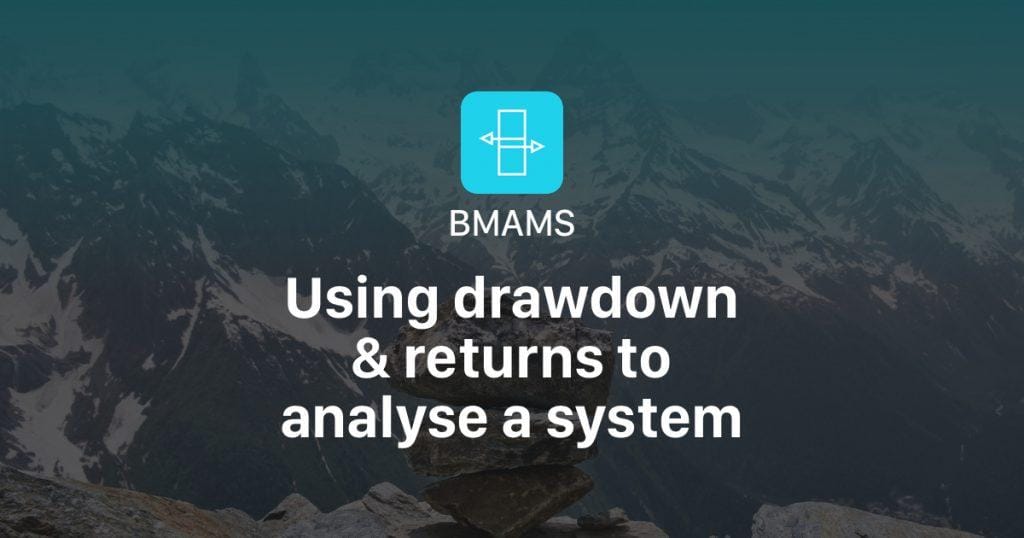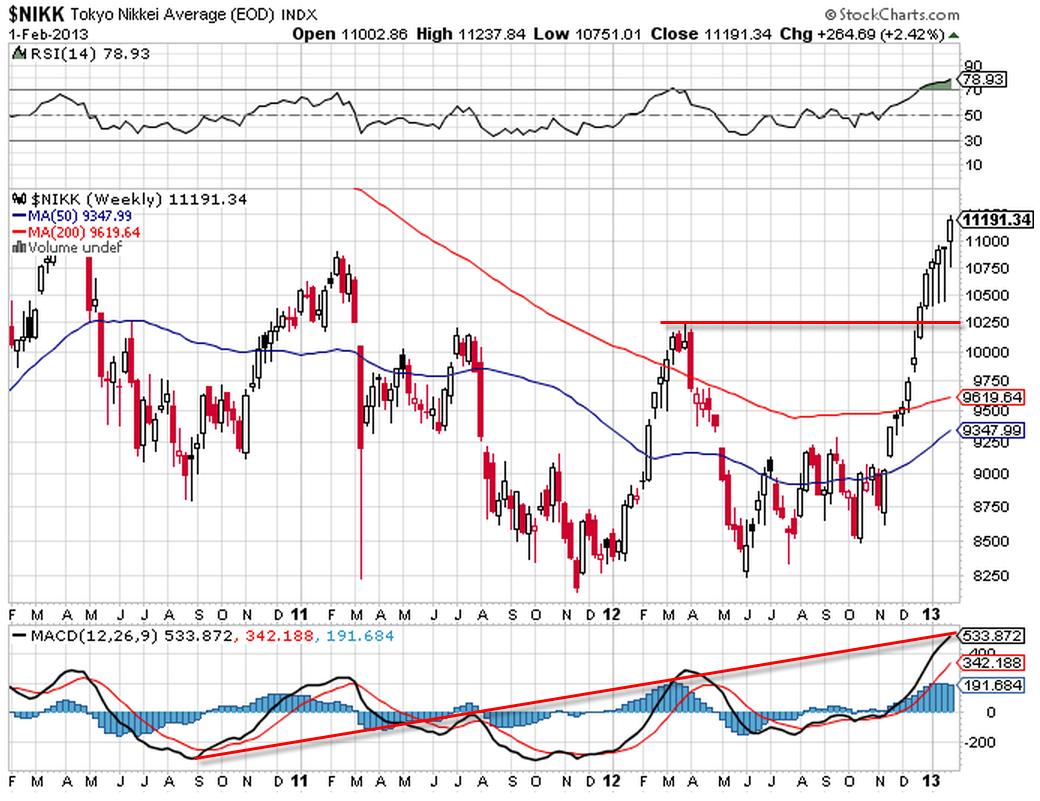
Last week we looked at the drawdown statistic, which effectively tells us the risk a system takes when trading. Here we will combine this risk statistic with the return on investment statistic which will provide us with a method of comparison between different systems.
A system that returns 40% in a year is better than a system that returns 20% in a year- right? Well maybe not. Returns alone do not provide a complete picture of the performance. What is the risk that each system took to achieve these results? This is why combining the return with the drawdown risk offers a better comparison between systems.
Say we have the above returns with these corresponding drawdowns:
System X – 40% return – 20% drawdown
System Y – 20% return – 5% drawdown
System X has 2 times the return to drawdown, but system Y has 4 times the return to drawdown.
System Y would be considered using this metric to be a better performing system. Why? Because by including drawdown we have normalised the relative performance between systems.
System X – 40%/20% = 2.0
System Y – 20%/5% = 4.0
So given the same risk – system Y is producing twice the returns as system X. Let’s say that we normalised each system to give 10% maximum drawdown risk to demonstrate in an alternative way.
System X – 20% risk converted to 10% risk = 0.5 multiple.
0.5 multiple of 40% return = 20% return. So at 10% risk
System X – 20% return at 10% drawdown.
System Y – 5% risk converted to 10% risk = 2.0 multiple.
2.0 multiple of 20% return = 40% return. So at 10% risk
System Y – 40% return at 10% drawdown.
To summarise the above conversion:
System X raw = 40% return 20% drawdown
System X relative = 20% return 10% drawdown
System Y raw = 20% return 5% drawdown
System Y relative = 40% return 10% drawdown
This demonstrates why considering not just the return- but the risk required to achieve those returns is vital in determining the quality of a system.
If only returns were used in our example, system X would be viewed as twice as ‘good’ as system Y.
However, once risk is evened out to be the same on each system, system Y is actually twice as good as system X.
The complete opposite conclusion is reached once risk is included in the comparative analysis.
Originally posted on https://www.bmams.com.au/
The post BMAMS: Using drawdown & returns to analyse a system first appeared on trademakers.
The post BMAMS: Using drawdown & returns to analyse a system first appeared on JP Fund Services.
The post BMAMS: Using drawdown & returns to analyse a system appeared first on JP Fund Services.










































